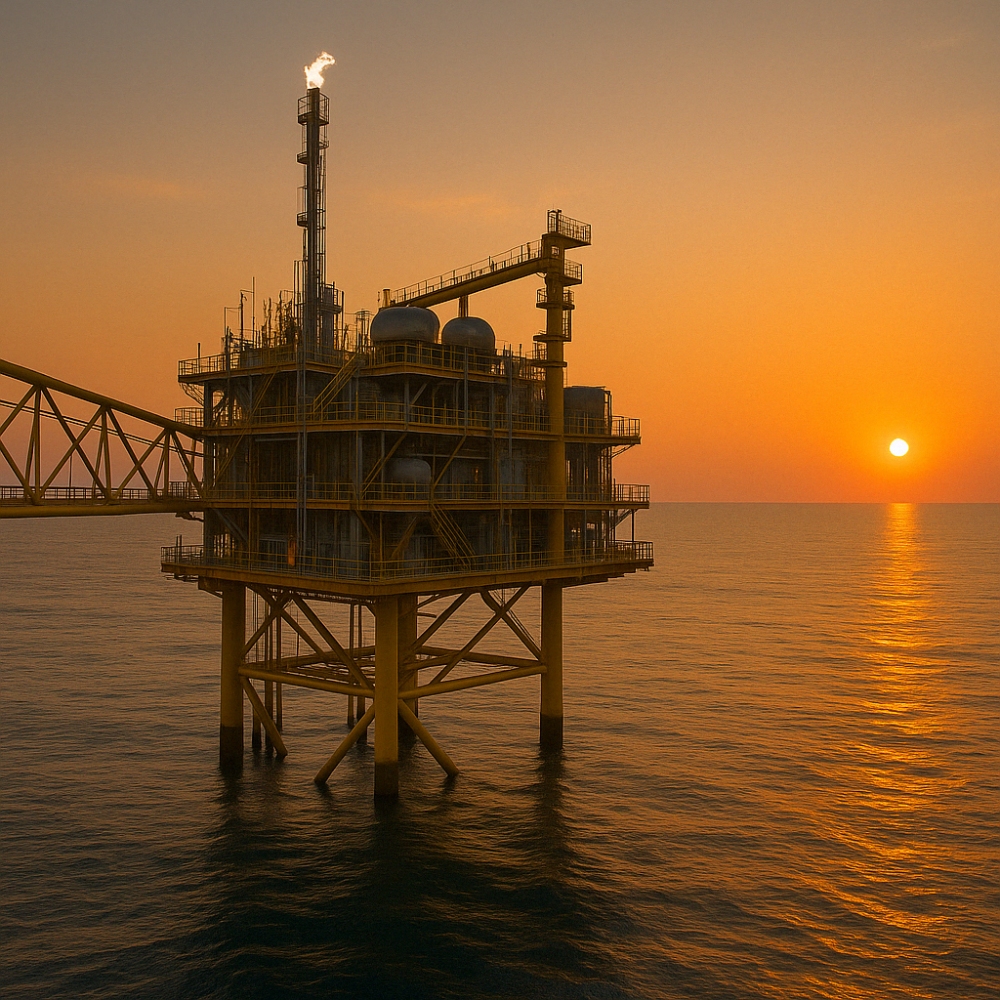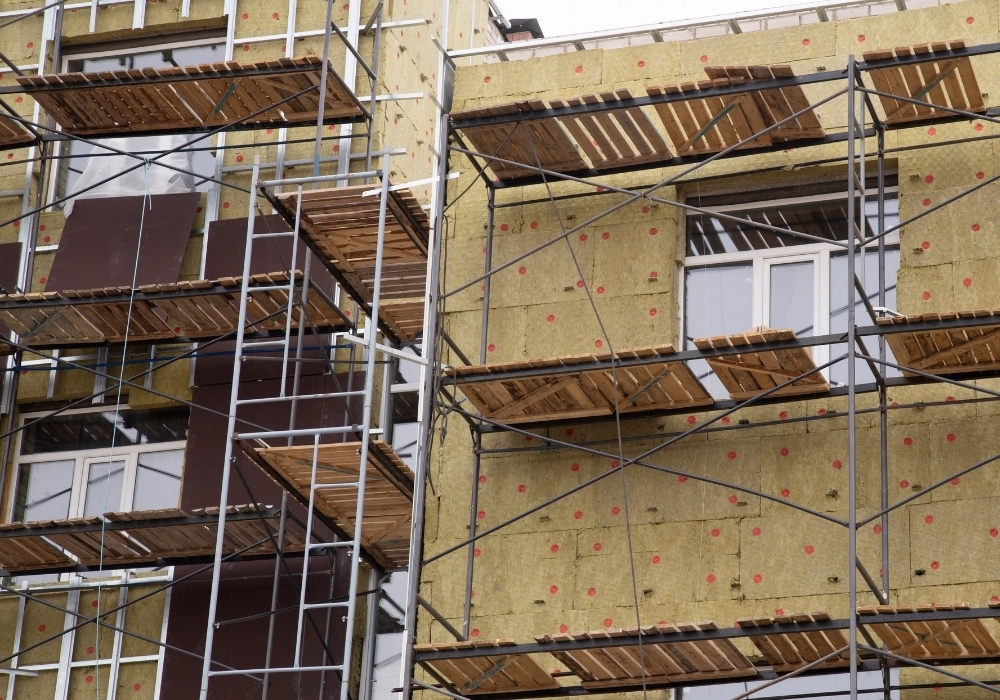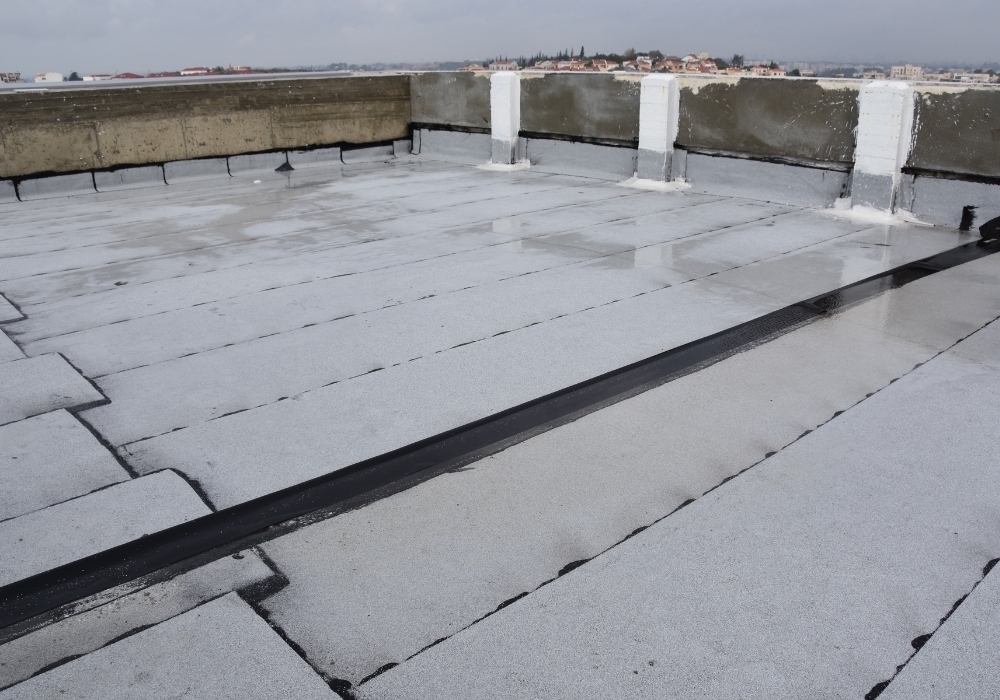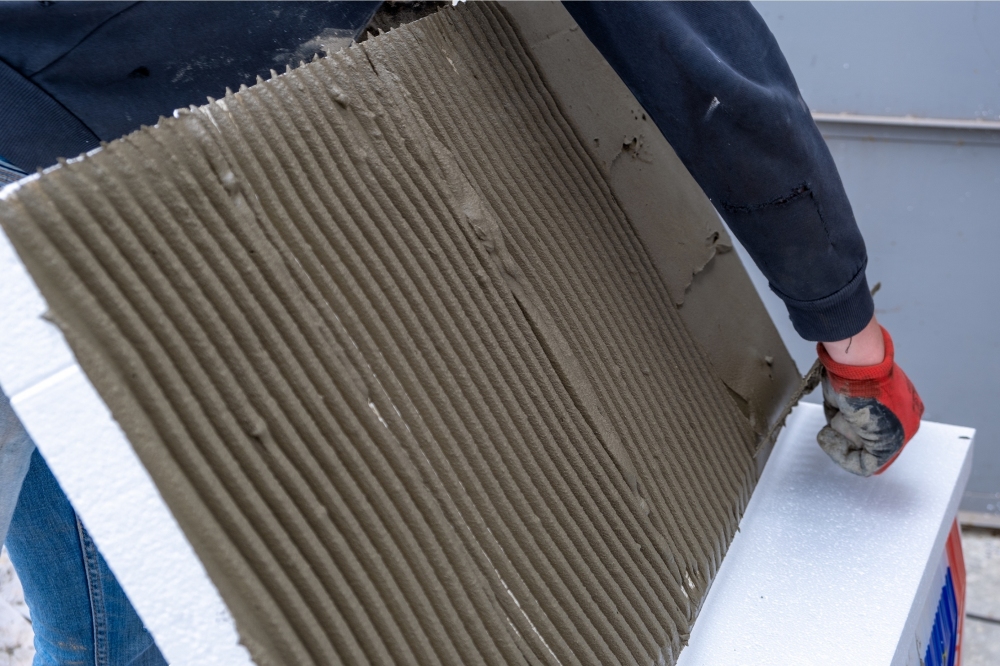
Offshore platforms stand at the heart of modern energy and industrial investments. But what exactly are offshore structures, how are they built, and which engineering disciplines are involved?
What Are Offshore Structures?
Offshore structures play a critical role at the intersection of engineering, environment, and economy. Installed in marine environments, these systems are designed to operate under harsh conditions, offering long-term durability and high performance.
Offshore structures are engineered systems built at sea to serve various purposes such as:
-
Oil and natural gas production platforms
-
Offshore wind turbine foundations
-
LNG terminals
-
Subsea pipeline connection points
-
Radar, monitoring, and research stations
These structures are designed to withstand high waves, strong winds, currents, and corrosion commonly found in open-sea environments.
Types of Offshore Structures
1. Fixed Platforms
Installed directly onto the seabed using steel or reinforced concrete legs.
-
Water depth: 0–300 meters
-
Application: Oil & gas drilling and production
-
Advantage: High stability and long lifespan
2. Floating Platforms
Buoyant structures tethered to the seafloor, ideal for deep waters.
-
Types: Spar platforms, semi-submersibles, Tension Leg Platforms (TLP)
-
Water depth: 300–2000+ meters
-
Design: Submerged to reduce wave and wind impact
3. Jack-Up Platforms
Mobile platforms used in shallow waters; legs rest on the seabed, while the platform is elevated.
-
Application: Drilling operations
-
Benefit: Fast mobilization and repositioning
Materials & Structural Systems
The Advantage of Steel Construction
Steel is the most commonly used structural system in offshore platforms, offering:
-
High load-bearing capacity
-
Prefabricated manufacturing and modular assembly
-
Long lifespan with anti-corrosion coatings
-
Flexibility and energy absorption under marine conditions
All steel components must comply with international standards such as API (American Petroleum Institute) and DNV-GL.
Design Process: Loads, Calculations & Durability
Offshore engineering requires more complex loading analyses than onshore structures due to environmental challenges. The design considers:
-
Wave loading (calculated using Morrison equations)
-
Current and wind forces
-
Seismic effects (especially in active zones)
-
Dead and live loads on the platform
-
Fatigue and corrosion analysis
These analyses are typically performed using FEM-based software such as SACS, ANSYS, OrcaFlex, and others.
Construction & Installation Phases
-
Design & Fabrication:Structural components are prefabricated onshore.
-
Transportation:Modules are transported using barges or crane vessels.
-
Installation:
-
Fixed platforms are driven into the seabed with piles
-
Floating systems are anchored in place
-
Jack-up units deploy legs before lifting the deck
-
-
Commissioning:All systems are tested and activated.ROVs (Remotely Operated Vehicles), diving teams, and crane ships are used simultaneously during this phase.
Sustainability: Offshore Wind Energy
Offshore wind power is emerging as a key renewable energy investment:
-
Stronger and more consistent wind offshore
-
Lower visual, noise, and land-use impact
-
Reference: North Sea Wind Farms
Foundation systems include:
-
Monopile (single pile)
-
Tripod or jacket structures
-
Floating bases for deep-sea deployment
Offshore Potential in Türkiye
With recent natural gas discoveries in the Black Sea, Türkiye has entered a new era of offshore development. Additionally, the Mediterranean and Aegean Seas offer high potential for both drilling and wind energy projects. Offshore structures are complex systems that combine high-level engineering with extreme environmental resilience. With the right materials, smart design, and secure installation, it's possible to build safe, efficient, and long-lasting platforms even on the open seas.



